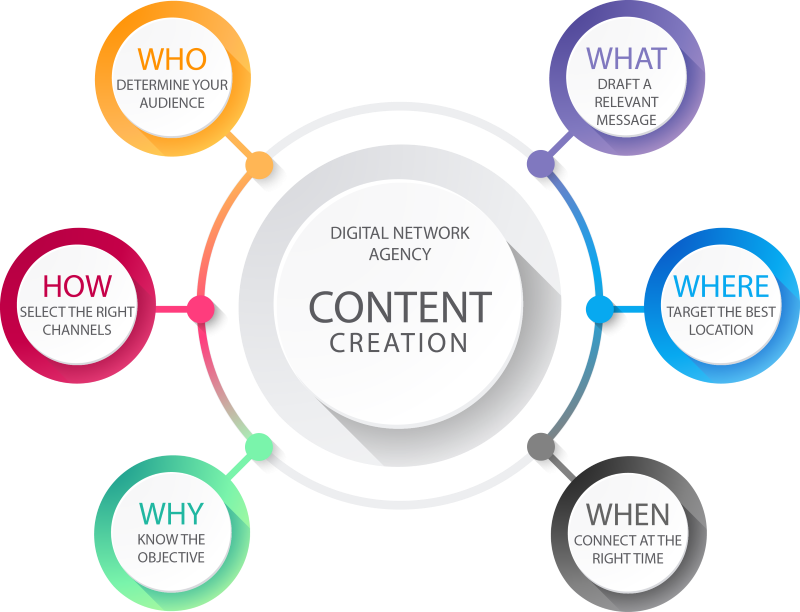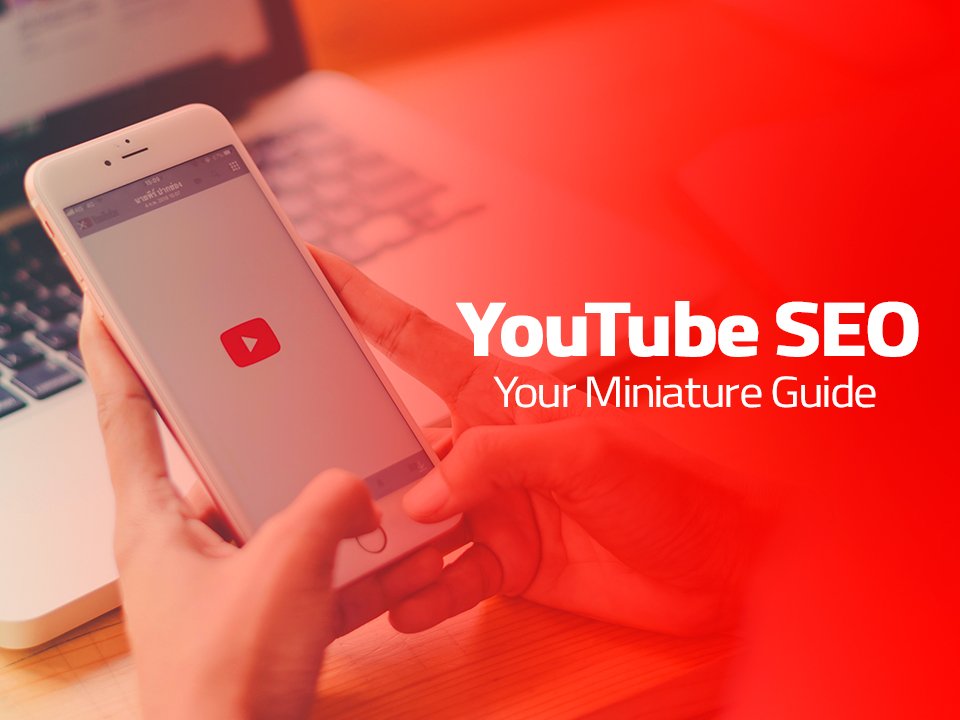Leveraging User Reviews for SEO
User-generated content is a tremendous force in the digital realm, and user evaluations are no exception. User evaluations can have a big impact on your website’s SEO in addition to influencing purchasing decisions. This post will show you how to use user reviews to improve your search engine visibility and overall online presence. Understanding the SEO Importance of User Reviews User reviews provide useful information about the quality and dependability of your products or services. This section will explain why search engines respect user-generated content and how good reviews can help you rank higher in search results. Managing and Encouraging User Reviews Building a substantial collection of customer reviews necessitates a proactive strategy. Learn how you encourage customers to post reviews by sending tailored follow-up emails and developing user-friendly review sites. Additionally, explore effective methods for managing both positive and negative reviews to maintain a positive online reputation. Incorporating Rich Snippets and Structured Data Rich snippets improve search results by including extra information. Learn how to use structured data to showcase user reviews in search results. This not only increases visibility but also provides a snapshot of your items or services straight on the search page. Responding to Reviews for SEO Advantage Engaging users via review responses is a two-pronged method. Learn how responding to reviews, whether favorable or negative, improves your online reputation while also signaling to search engines that your company values consumer feedback. This favorable engagement helps SEO rankings. Displaying User Reviews on Your Website In addition to external review systems, strategically displaying customer testimonials on your website is essential. Investigate ways to include user testimonials into your website’s content, landing pages, and product/service pages. This not only adds credibility but also provides fresh, relevant content for search engines. Creating a Review-Focused FAQ Section User reviews frequently highlight recurring issues and concerns. Create an SEO-friendly FAQ section based on customer feedback. Responding to these requests not only delivers vital information to potential customers, but also produces keyword-rich material that search engines prefer. Using Reviews to Implement Local SEO Strategies User reviews are critical in local SEO for firms having a local presence. Learn how to enhance your Google My Business profile, encourage local reviews, and respond to criticism particular to your location. This local SEO technique ensures that your company is prominently displayed in local search results. Review Metrics Monitoring and Analysis Continuous progress requires data-driven decisions. From total ratings to sentiment analysis, learn about the variables to keep an eye on when analyzing review data. These insights will not only help you plan your SEO approach. These insights not only guide your SEO strategy but also highlight areas for product or service enhancements. Leveraging User-Generated Content for Social Proof User reviews go beyond search engines to provide powerful social proof for your brand. Discover how you use user-generated content in social media, email marketing, and other channels. This multi-channel strategy not only boosts your brand image but also helps with overall SEO. Constructively Responding to Negative Reviews Negative reviews are an unavoidable part of doing business online. This section will teach you how to respond to unfavorable evaluations constructively. Respond professionally, give solutions, and demonstrate your dedication to client satisfaction to turn obstacles into opportunities. Incentives and Loyalty Programs to Encourage Reviews Incentives and loyalty programs might help you boost your review acquisition approach. Investigate ethical incentives for customers to post reviews, such as exclusive discounts, loyalty points, or involvement in referral networks. Find a happy medium. Strike a balance that motivates users without compromising authenticity. Amplifying Positive Reviews through Marketing Positive feedback is a significant marketing asset. Learn how to boost favorable reviews using a variety of marketing methods like as email campaigns, social network posts, and website banners. Convert happy consumers into brand champions who help your SEO efforts. Maintaining Review Guidelines Compliance When encouraging and controlling user reviews, it is critical to follow ethical principles. Learn about platform-specific review procedures and industry regulations. Maintaining compliance not only protects your online reputation, but also the SEO benefits of user reviews. SEO Success Stories Boosted by User Reviews Investigate real-world success stories of businesses that have seen major SEO gains as a result of customer evaluations. Examine their techniques, difficulties encountered, and the direct influence on search rankings. Draw inspiration from these success stories to refine your own review-centric SEO strategy. Future Trends in User Reviews and SEO As technology evolves, so does the role of user reviews in SEO. Stay ahead of the curve by exploring emerging trends, from the integration of AI in sentiment analysis to the impact of video reviews. Position your business to adapt to the future landscape of user-generated content and SEO. Conclusion In conclusion, harnessing the power of user reviews for SEO is a strategic imperative in the digital landscape. The symbiotic relationship between genuine user feedback and search engine rankings creates a dynamic force for businesses. By encouraging and managing user reviews, incorporating rich snippets, responding thoughtfully, and showcasing testimonials, businesses not only bolster their online reputation but also elevate their SEO standing. Embracing user-generated content as a valuable asset, both on external platforms and within the website, ensures a continuous flow of fresh, relevant information that resonates with both users and search engines. As we navigate the evolving terrain of SEO, user reviews stand as a beacon of authenticity and credibility, guiding businesses toward sustained online success.
Leveraging User Reviews for SEO Read More »












